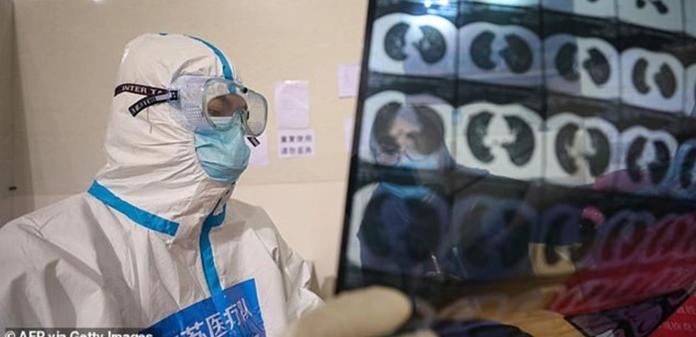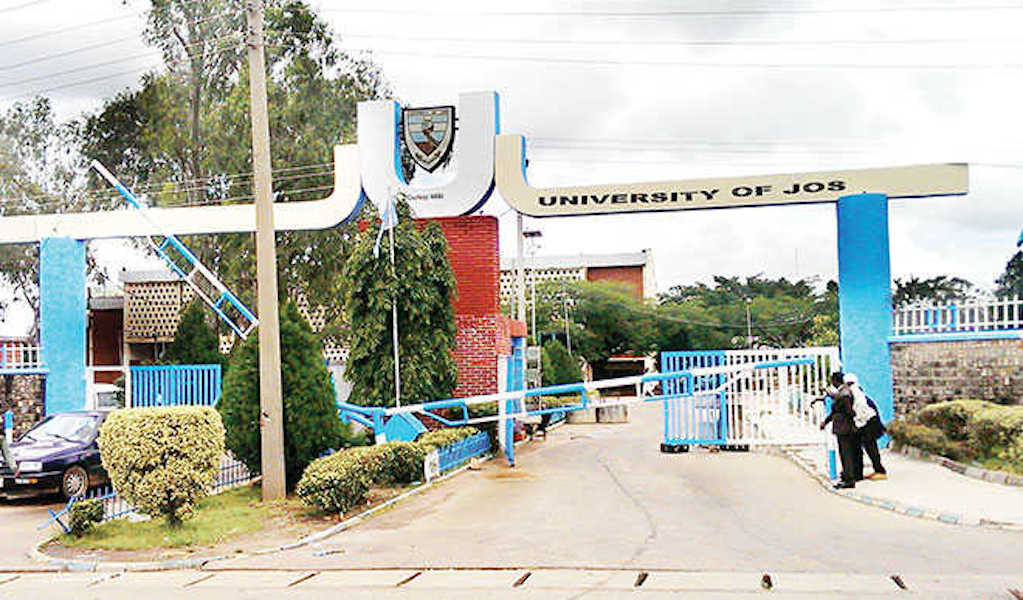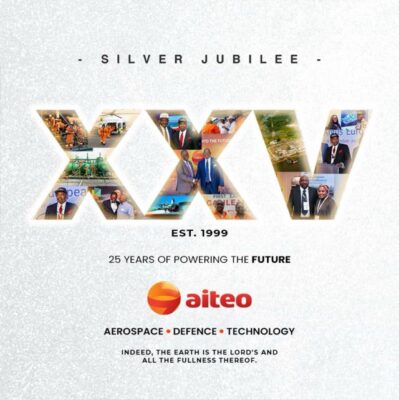Extraction What Is Its Relationship With Viruses

Viruses are the most abundant biological entities on Earth and perform essential ecological functions in aquatic environments by mediating biogeochemical cycling and lateral gene transfer.
Cellular life as well as viruses have been found in deep sub seafloor sediment.
However, the study of deep sediment viruses has been hampered by the complexities involved in efficiently extracting viruses from a sediment matrix.
Here, we developed a new method for the extraction of viruses from sediment based on density separation using a Nycodenz density step gradient.
The density separation method resulted in up to 2 orders of magnitude greater recovery of viruses from diverse subseafloor sediments compared to conventional methods.
The density separation method also showed more consistent performance between samples of different sediment lithology, whereas conventional virus extraction methods were highly inconsistent.

Using this new method, we show that previously published virus counts have underestimated viral abundances by up to 2 orders of magnitude.
These improvements suggest that the carbon contained within viral biomass in the subseafloor environment may potentially be revised upward to 0.8–3.7 Gt from current estimates of 0.2 Gt.
The vastly improved recovery of viruses indicate that viruses represent a far larger pool of organic carbon in sub seafloor environments than previously estimated.
Viruses are highly abundant within shallow marine sediments and have been observed in deep subsurface sediments as well.
Viruses are the most abundant biological entities on Earth and play important biogeochemical and ecological roles in the ocean such as cell mortality and horizontal gene transfer
However, many questions remain regarding the roles of viruses in deep sediment.
The progress of research on viruses in sub seafloor sediment lags far behind that of sub seafloor cellular life.
The major challenge in the study of subseafloor viral ecology is the technical problem of separating viruses from the surrounding sediment matrix.
Methods exist for the separation and enumeration of viruses from sediments however, the separation of viruses from sediment is complicated by interactions between viruses and particulate matter.
The efficiency of virus separation may vary with the composition of the sediment .
Sediment properties such as mineralogy, organic content as well as the isoelectric point of viruses can all influence the strength of virus-sediment adsorption.
Clays and iron oxyhydroxide minerals are especially strong sorbents of viruses.
Accurate virus quantification in sediment depends on techniques for the separation of viruses from sediment particles.
Conventional virus extraction methods involve suspending the sediment in a buffer such as virus-free seawater SM buffer or beef extract along with amendments like pyrophosphate , potassium citrate , or EDTA to aid in desorption.
Conventional procedures typically include a shaking or sonication step to physically dissociate the viruses from sediment particles. The final step removes the sediment particles.
In most conventional procedures, this involves pelleting the sediment by centrifugation in order to collect the viruses in the supernatant.
Insufficient separation of viruses from sediment particles can result in underestimation of viral numbers or co-extraction of non-viral particles which obscures viruses and decreases their fluorescence.
READ ALSO Fred The Godson Dead :Facts You Need To Know
Virus extraction efficiencies vary greatly between methods, and recovery can be as low as 0.09 to 0% in coastal and estuarine sediments .
The efficiency of conventional virus extraction techniques has not been assessed on a variety of sediment types, so comparisons of viral counts from different sediment lithologies may be problematic.








